m (Saved using "Save and continue" button in form) |
(Cette version a été marquée pour être traduite) |
||
| Ligne 21 : | Ligne 21 : | ||
}} | }} | ||
{{ {{tntn|Introduction}} | {{ {{tntn|Introduction}} | ||
| − | |Introduction=<translate>= Acknowledgements = | + | |Introduction=<translate>= Acknowledgements = <!--T:62--> |
In Homa Bay, Kenya, as in most place we have been in Africa, there is no proper waste management solution accessible to local communities. As a result, we see litter -especially plastic waste- everywhere. The most commonly-adopted alternative is to burn the plastic waste. But burning releases toxic chemicals in the atmosphere and are, thus, a danger for the people doing it (not talking about the harm for soil, water, air, fauna, flora…). Thus, around the garden, we find a lot of plastic waste (plastic bags, pieces of recipients, worn out shoes, milk packs…). We also find a lot of empty cement bags and dirt due to recent construction work on the permaculture school and site latrines. Moreover, during the rainy season, the garden here gets muddy and it becomes difficult to move and work in the garden. | In Homa Bay, Kenya, as in most place we have been in Africa, there is no proper waste management solution accessible to local communities. As a result, we see litter -especially plastic waste- everywhere. The most commonly-adopted alternative is to burn the plastic waste. But burning releases toxic chemicals in the atmosphere and are, thus, a danger for the people doing it (not talking about the harm for soil, water, air, fauna, flora…). Thus, around the garden, we find a lot of plastic waste (plastic bags, pieces of recipients, worn out shoes, milk packs…). We also find a lot of empty cement bags and dirt due to recent construction work on the permaculture school and site latrines. Moreover, during the rainy season, the garden here gets muddy and it becomes difficult to move and work in the garden. | ||
| − | = Our solution and its expectable benefits = | + | = Our solution and its expectable benefits = <!--T:63--> |
Recycle the plastic waste into pavement blocks to: | Recycle the plastic waste into pavement blocks to: | ||
*Move and work in the garden during the rainy season, | *Move and work in the garden during the rainy season, | ||
| Ligne 49 : | Ligne 49 : | ||
Refer to the pictures available in the gallery. Proceed as follows to build you own Plastic-Waste Pavement. | Refer to the pictures available in the gallery. Proceed as follows to build you own Plastic-Waste Pavement. | ||
| − | == Required Conditions == | + | == Required Conditions == <!--T:64--> |
*Team: | *Team: | ||
**One is enough (more is very much appreciated) | **One is enough (more is very much appreciated) | ||
Version du 12 mars 2018 à 09:12
- Move and work in the garden during the rainy season,
- Remove trash from the nature,
- Reduce the burning of plastics and,
- Raise awareness about the waste issue and hope to influence the local communities toward a wasteless future.
Sommaire
- 1 Introduction
- 2 Acknowledgements
- 3 Our solution and its expectable benefits
- 3.1 Étape 1 - How?
- 3.2 Required Conditions
- 3.3 Étape 2 - Collect waste:
- 3.4 Étape 3 - Collect empty bags,
- 3.5 Étape 4 - Define the location where you want to install the Plastic-Waste Pavement,
- 3.6 Étape 5 - Carry the collected waste and empty bags to the location (or close to location),
- 3.7 Étape 6 - If dirt is available at location, proceed with next step. Else:
- 3.8 Étape 7 - Fill the bags with trash:
- 3.9 Étape 8 - If needed, use a knife to draw holes in the upper part of the filled bag,
- 3.10 Étape 9 - Use a rope and go through the holes on the upper part of the filled bag to close the filled bag,
- 3.11 Étape 10 - Tie the rope to secure the Plastic-Waste Pavement,
- 3.12 Étape 11 - If needed, use a knife to cut the loose part of the rope from the Plastic-Waste Pavement,
- 3.13 Étape 12 - Walk and/or jump on the Plastic-Waste Pavement to give it the shape you want,
- 3.14 Étape 13 - Install the pavement,
- 3.15 Étape 14 - Use soap to wash your hands.
- 3.16 Commentaires
Introduction
Acknowledgements
In Homa Bay, Kenya, as in most place we have been in Africa, there is no proper waste management solution accessible to local communities. As a result, we see litter -especially plastic waste- everywhere. The most commonly-adopted alternative is to burn the plastic waste. But burning releases toxic chemicals in the atmosphere and are, thus, a danger for the people doing it (not talking about the harm for soil, water, air, fauna, flora…). Thus, around the garden, we find a lot of plastic waste (plastic bags, pieces of recipients, worn out shoes, milk packs…). We also find a lot of empty cement bags and dirt due to recent construction work on the permaculture school and site latrines. Moreover, during the rainy season, the garden here gets muddy and it becomes difficult to move and work in the garden.
Our solution and its expectable benefits
Recycle the plastic waste into pavement blocks to:
- Move and work in the garden during the rainy season,
- Remove trash from the nature,
- Reduce the burning of plastics and,
- Raise awareness about the waste issue and hope to influence the local communities toward a wasteless future.
Matériaux
- Parts:
- NA (we collect them)
- Consumables:
- Soap (for the rest, we collect them)
Outils
- Tools:
- (1) Wheelbarrow,
- (1) Shovel and,
- (1) Knife;
Étape 1 - How?
Refer to the pictures available in the gallery. Proceed as follows to build you own Plastic-Waste Pavement.
Required Conditions
- Team:
- One is enough (more is very much appreciated)
- Required skills:
- None
- Duration:
- 30 minutes (per unit)
- Preliminary requirements:
- NA
Étape 3 - Collect empty bags,
Étape 4 - Define the location where you want to install the Plastic-Waste Pavement,
Étape 5 - Carry the collected waste and empty bags to the location (or close to location),
Étape 6 - If dirt is available at location, proceed with next step. Else:
Étape 8 - If needed, use a knife to draw holes in the upper part of the filled bag,
Étape 9 - Use a rope and go through the holes on the upper part of the filled bag to close the filled bag,
Étape 10 - Tie the rope to secure the Plastic-Waste Pavement,
Étape 11 - If needed, use a knife to cut the loose part of the rope from the Plastic-Waste Pavement,
Étape 12 - Walk and/or jump on the Plastic-Waste Pavement to give it the shape you want,
Étape 14 - Use soap to wash your hands.
Yes
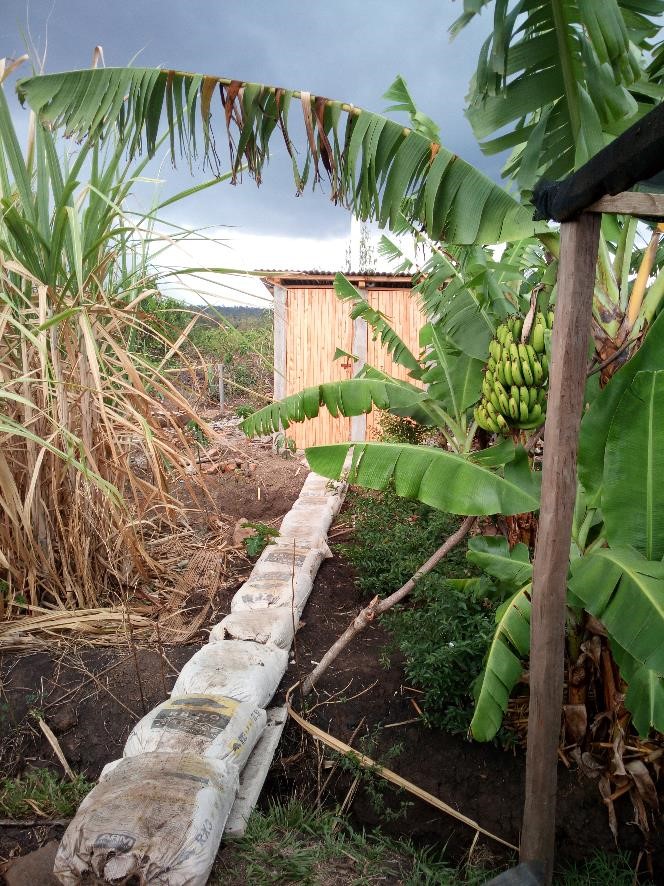
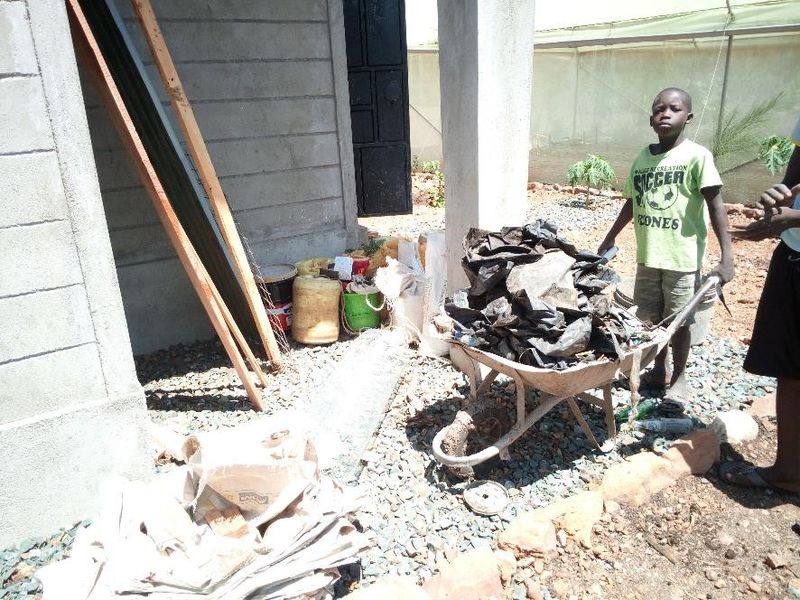
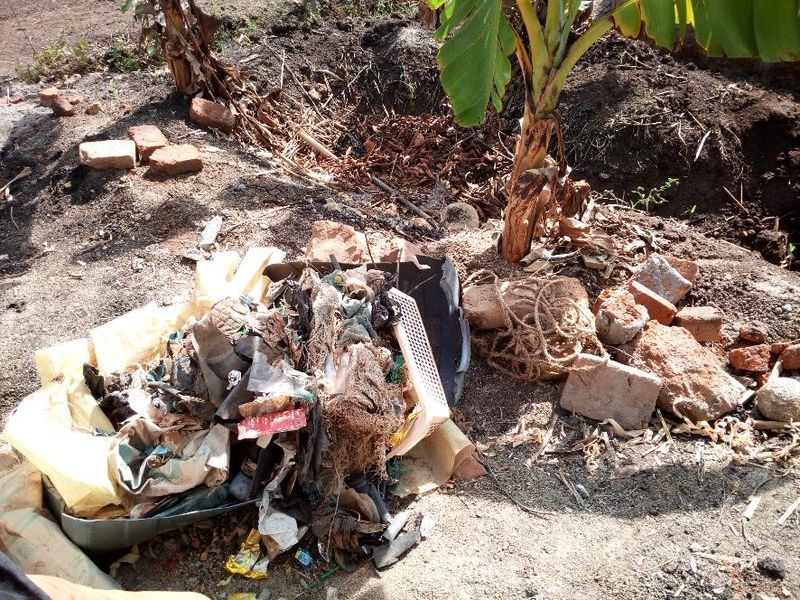
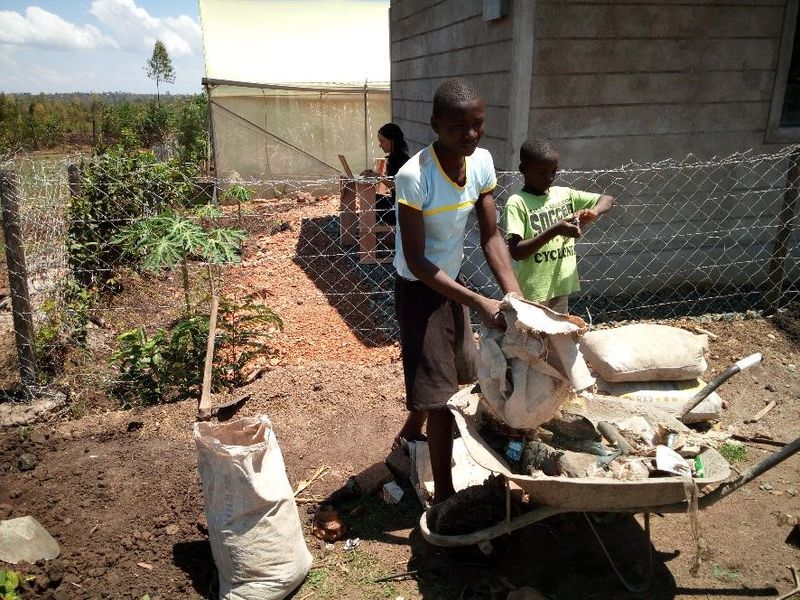
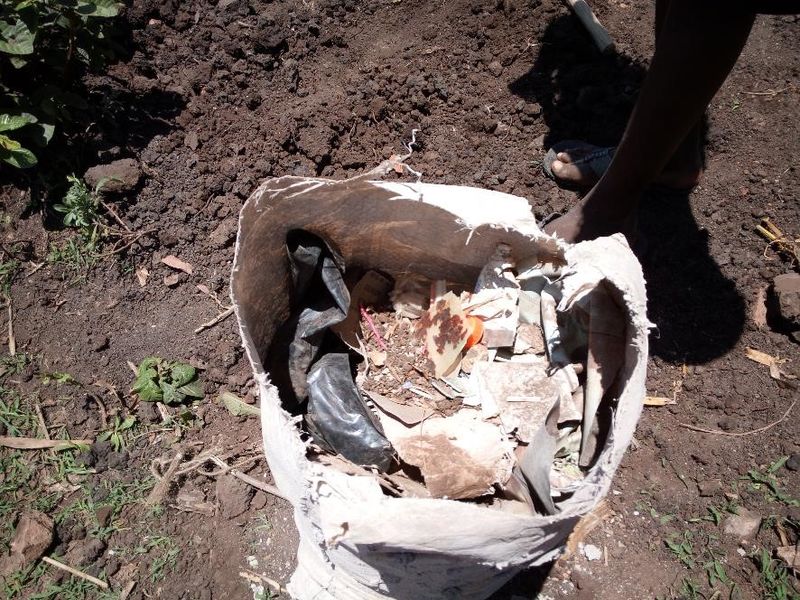
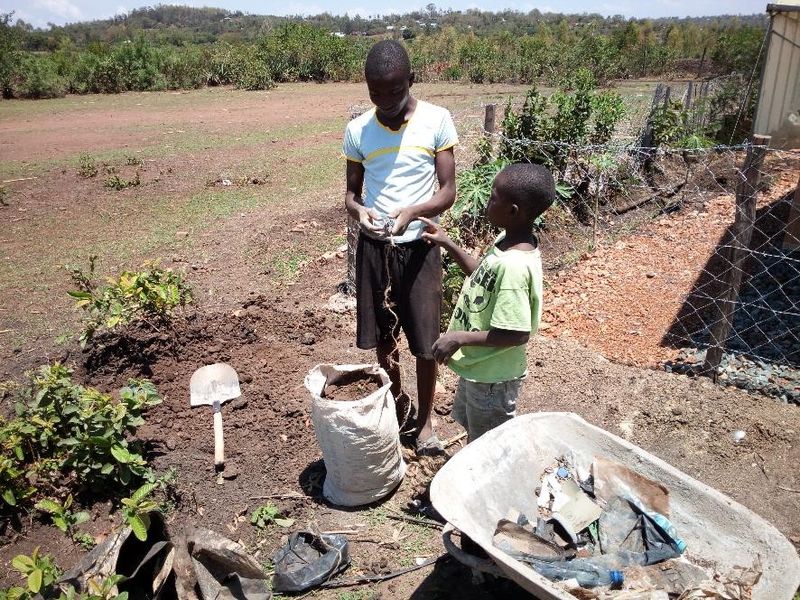
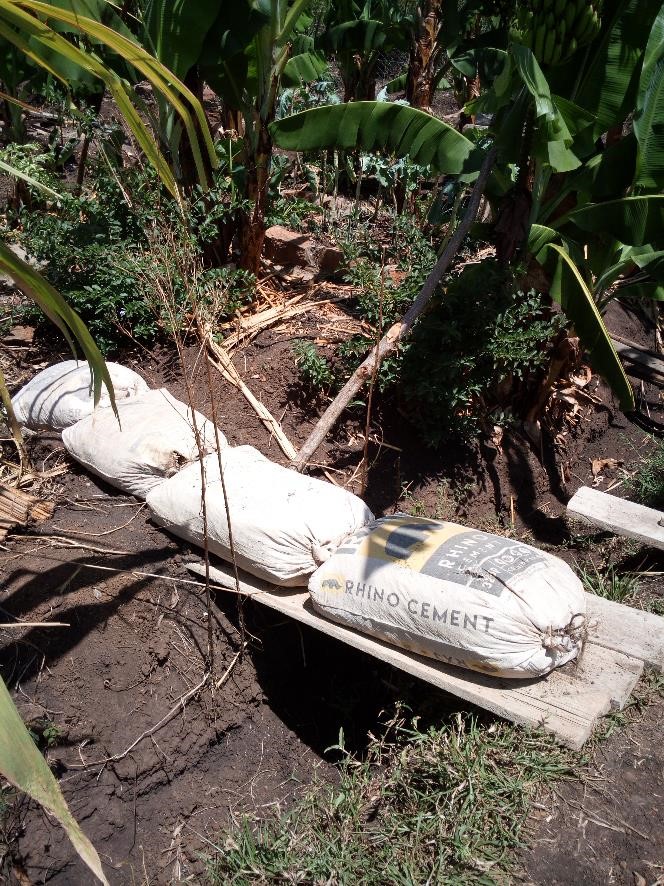
 Français
Français English
English Deutsch
Deutsch Español
Español Italiano
Italiano Português
Português